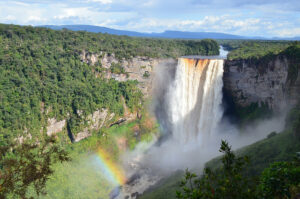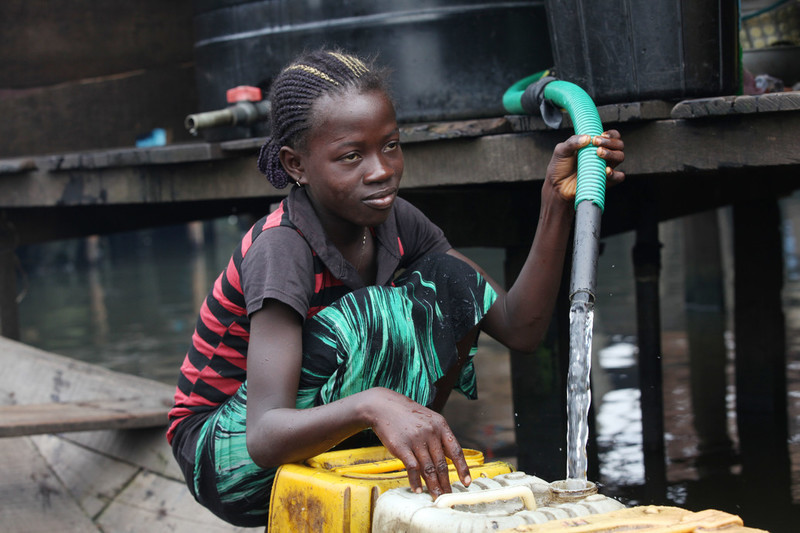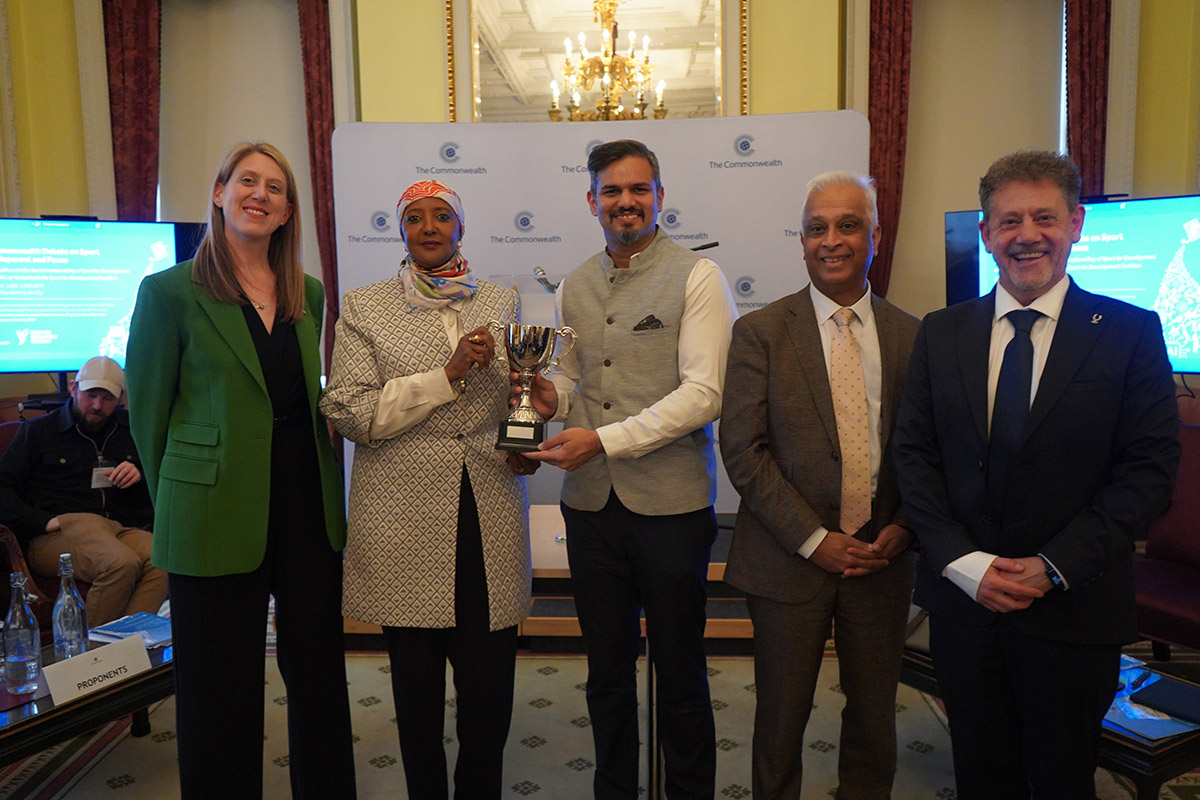Could our water woes lead to war?
July 20th, 2018Water supports human life but Sarmad Shahbaz Bhutta, 19, a Correspondent in Rawalpindi, Pakistan, argues that this life-giving resource has been taken for granted. He points out that water is not as abundant as we may think, and calls for more action to prevent the depletion of our water supply.
Some people have predicted that World War III will be fought over the shortage of water. That prediction is understandable when the dramatic growth in the population coupled with the negative effects of climate change on global water supplies are considered.
The UNFPA says after taking hundreds of thousands of years to grow to a billion, in a 200-year span, the world population ballooned seven-fold and stands at 7.6 billion today. This growing population depends on clean water for life. Water is needed for drinking, cooking, bathing, sanitation, among other things, but large numbers of people are without the water they need.
According to the United Nations, 40 percent of the world’s population is today affected by water scarcity and this number is expected to grow because of the impact of climate change.
 Though most of the earth’s surface is covered with water, 97.5% of it is saltwater while only 2.5% is fresh water. Additionally, only 0.3% of the fresh water on earth is usable by humans, and some of that water is inaccessible.
Though most of the earth’s surface is covered with water, 97.5% of it is saltwater while only 2.5% is fresh water. Additionally, only 0.3% of the fresh water on earth is usable by humans, and some of that water is inaccessible.
In times gone by, water was considered a blessing which would always be around, but with such a dramatic increase in the population, how is mother earth to bear the resulting increase in water consumption? Our water issues could be affected by other factors too. For example, the increase in the demand for the water could likely drive up the price of water. Meanwhile, rising incomes could lead to increased consumption of meat and meat products – which are heavily dependent on water and are in demand by richer populations.
This scenario, however, does not have to be our reality. Just like plastics, water can be a renewable resource, but it requires citizens, governments, and businesses to be more committed to managing our water resources.
A taken- for -granted blessing, water is often wasted. Production plants and householders use more water than is needed, while we pollute the rest of the drinkable surface water because of our lifestyles and manufacturing choices. Added to that, in some countries it’s inexpensive to access clean drinking water so there’s no incentive to treat and reuse wastewater.
In the midst of this ocean of sins, there is, however, some good news: Governments, businesses, universities, and citizens around the world have started taking action to manage our water resources in a more sustainable way. Solutions like using wastewater for energy, using restoration to bring water back dry topographies, and monitoring groundwater levels more closely are refreshing steps in the right direction.
They are also in line with the United Nation’s 2030 Agenda for Sustainable Development Goal 6 which is focused on clean water and sanitation. Among the targets are:
- Achieving access to safe and affordable drinking water for all
- Substantially increasing water-use efficiency across all sectors and substantial reductions in the number of people suffering from water scarcity
- Supporting and strengthening the participation of local communities in improving water and sanitation management
2030 is fast approaching, and while we are getting closer to addressing our water issues. more still needs to be done, but even the finest key, will not work by itself.
Along with fresh water reservoirs and dams, we need greater political will, personal action and public pressure to open the door to a more sustainable future. This could certainly spare us from a World War III driven by diminished water supplies.
Photo credit: The Commonwealth’s Asset Bank
…………………………………………………………………………………………………………………
About me: I am a passionate writer, blogger, journalist and a columnist. I am the Founder/President of a Non-Profit and Non-Governmental Organization named PART (Pakistan Alliance for the Rights of Transgender) of Society, which essentially focuses on all gender equity and gender empowerment. I also promote the United Nation’s Sustainable Development Goals in Pakistan, and have achieved many honours in the field of social work.
…………………………………………………………………………………………………………………
Opinions expressed in this article are those of the author and do not necessarily represent the views of the Commonwealth Youth Programme. Articles are published in a spirit of dialogue, respect and understanding. If you disagree, why not submit a response?
To learn more about becoming a Commonwealth Correspondent please visit: http://www.yourcommonwealth.org/submit-articles/







